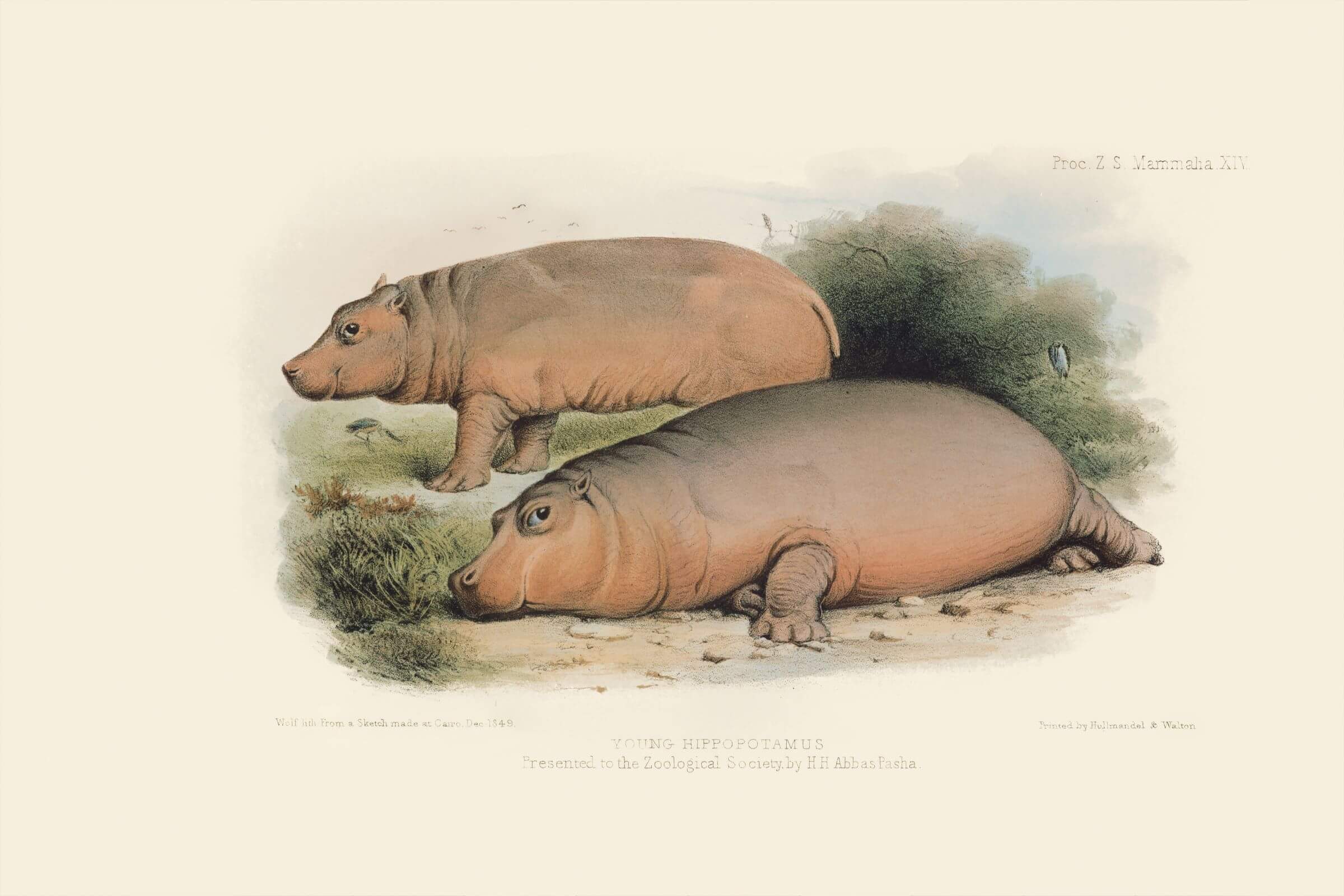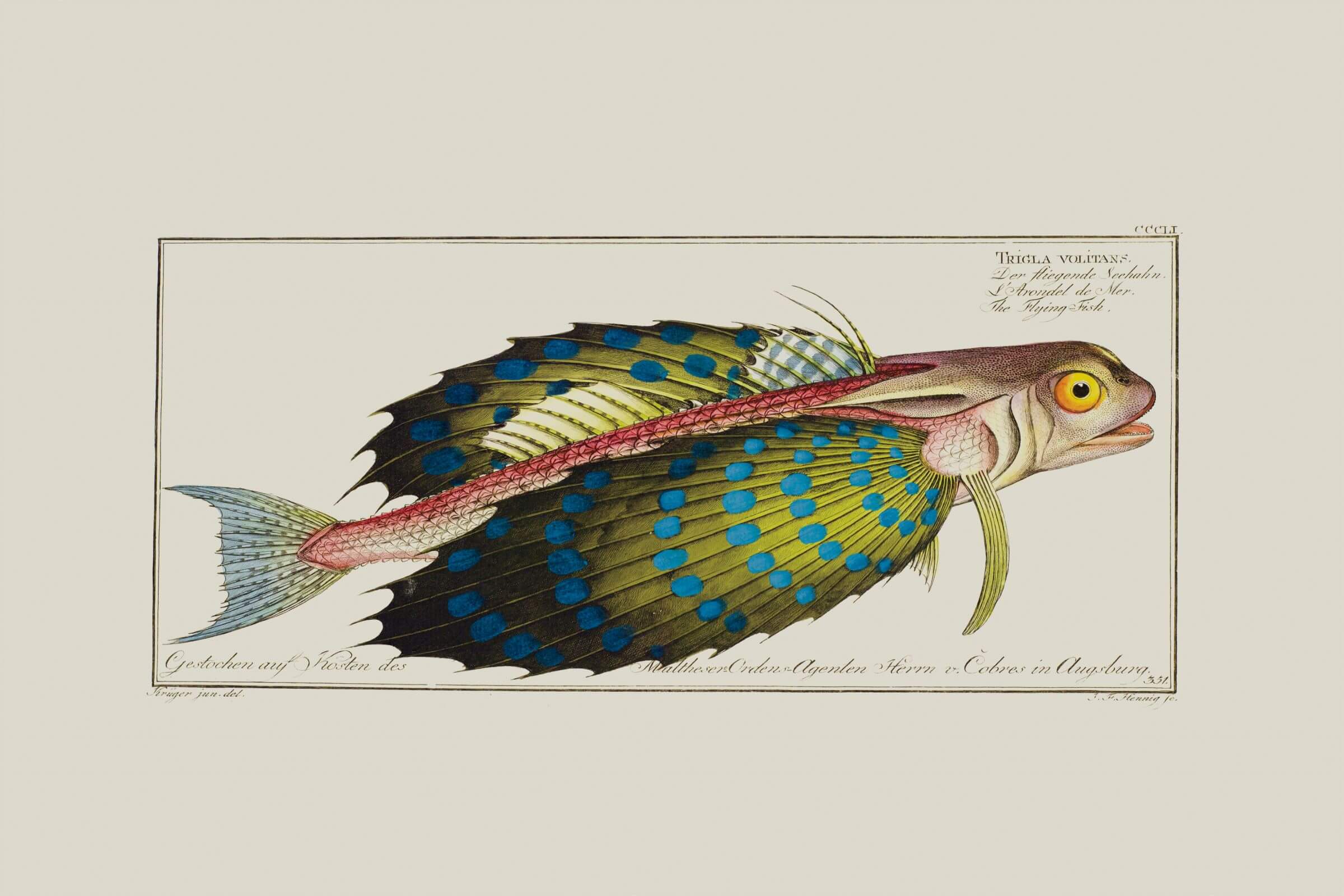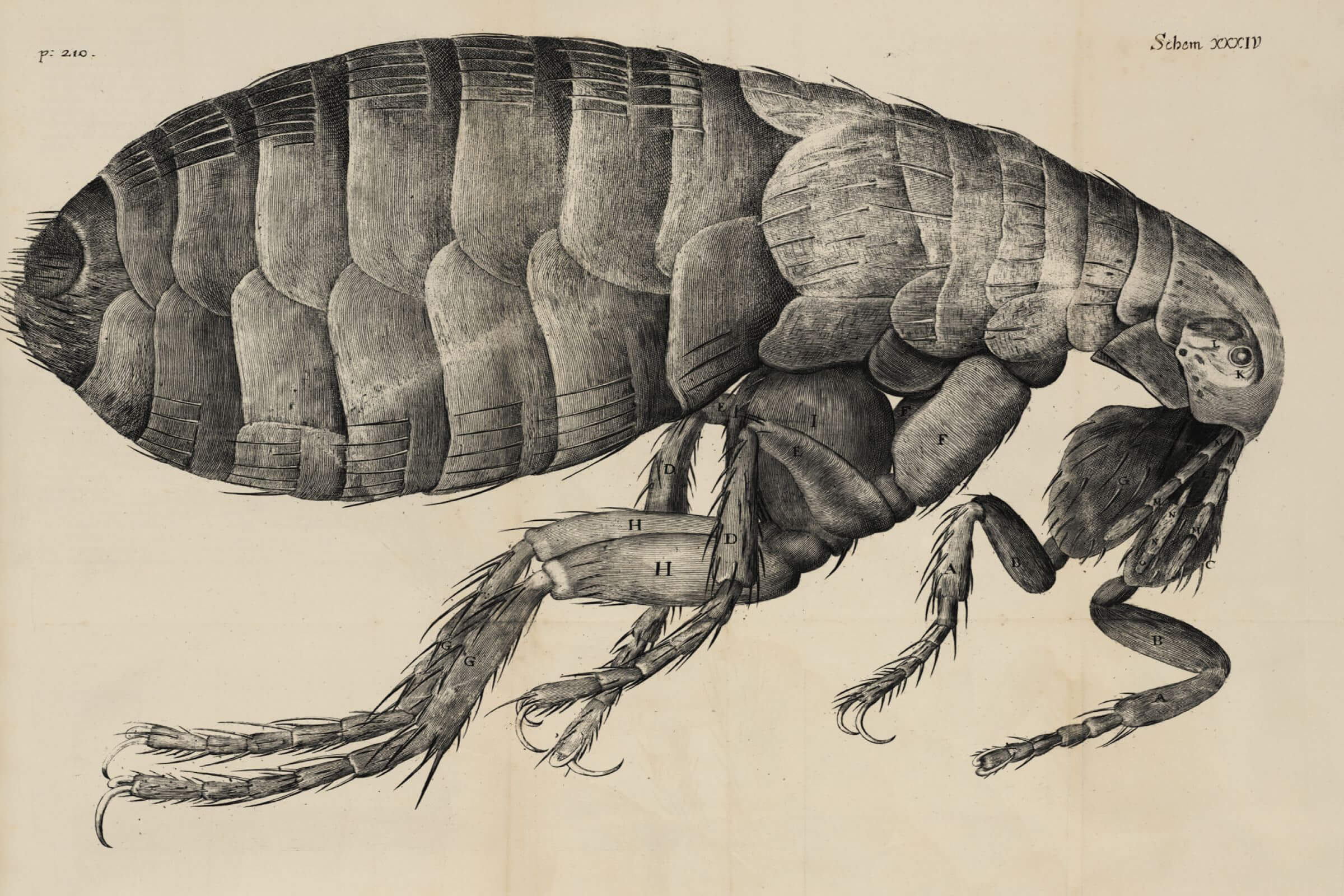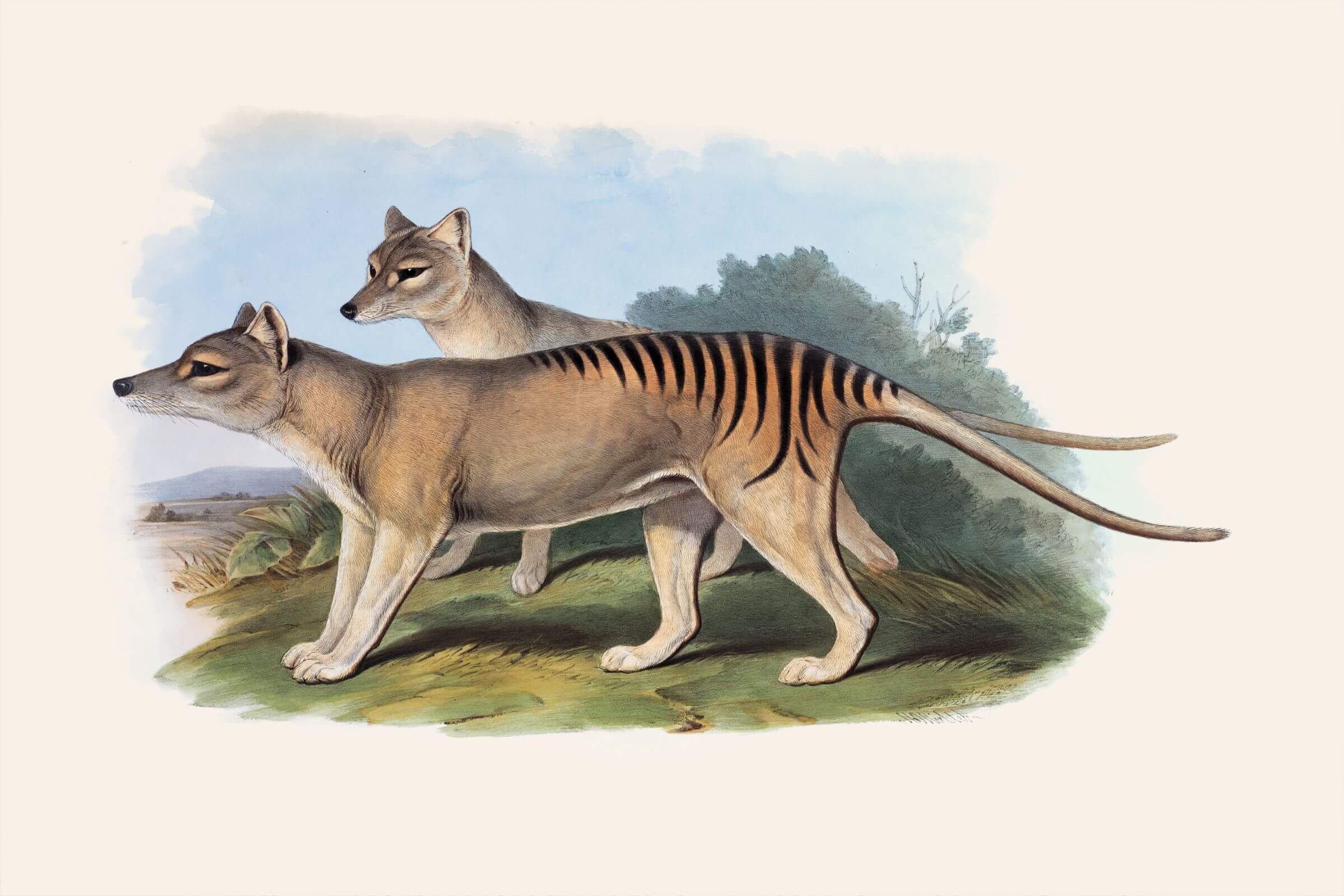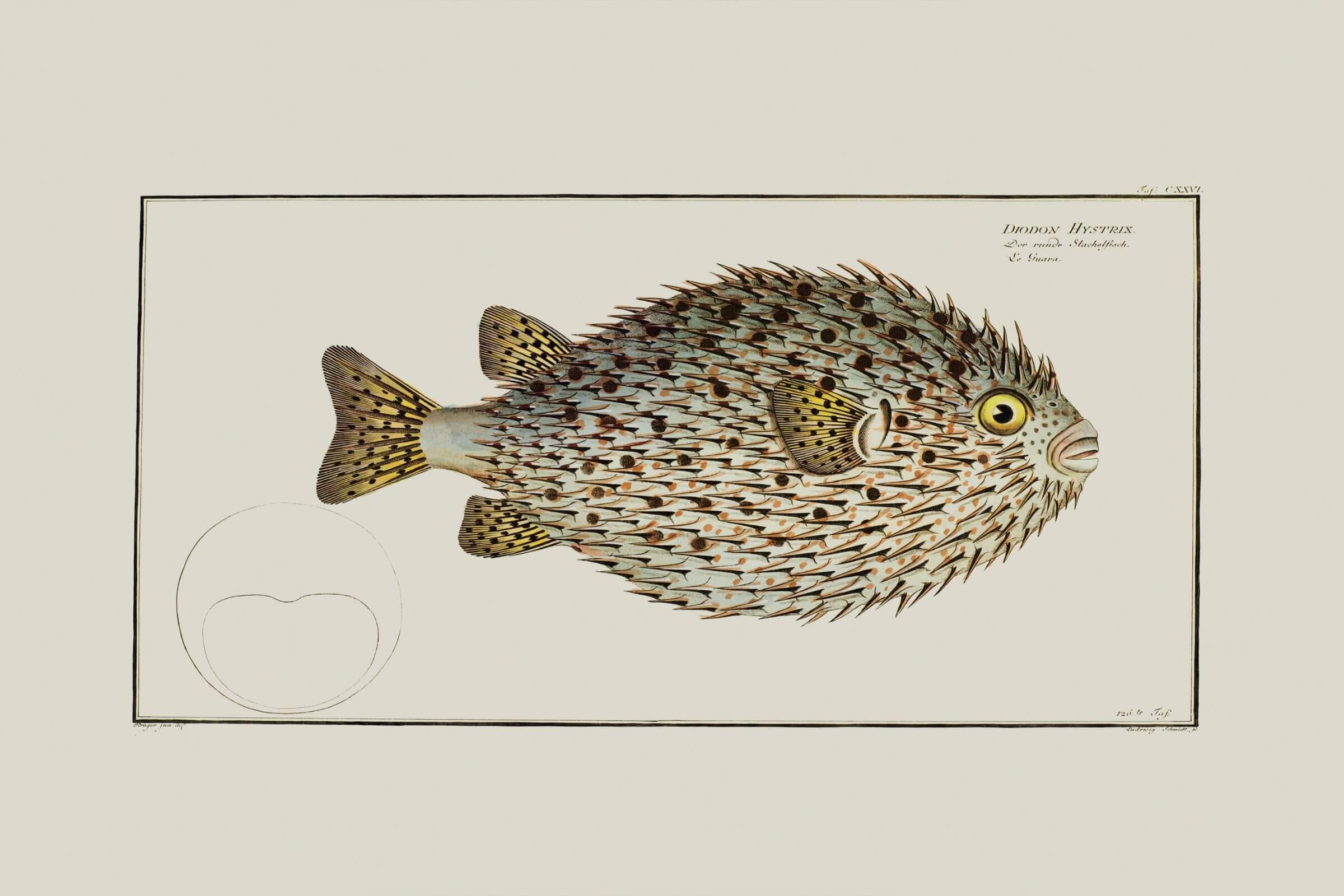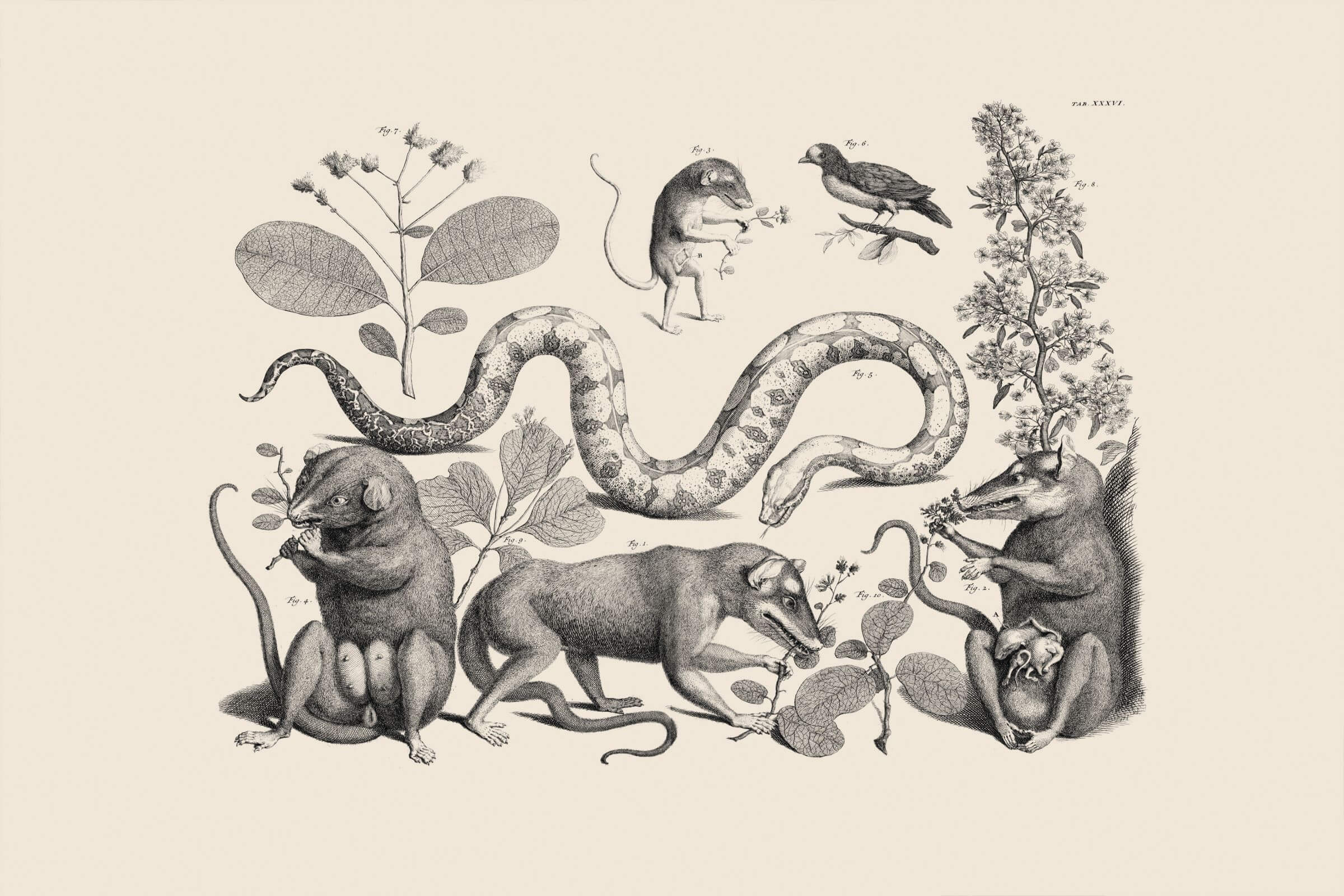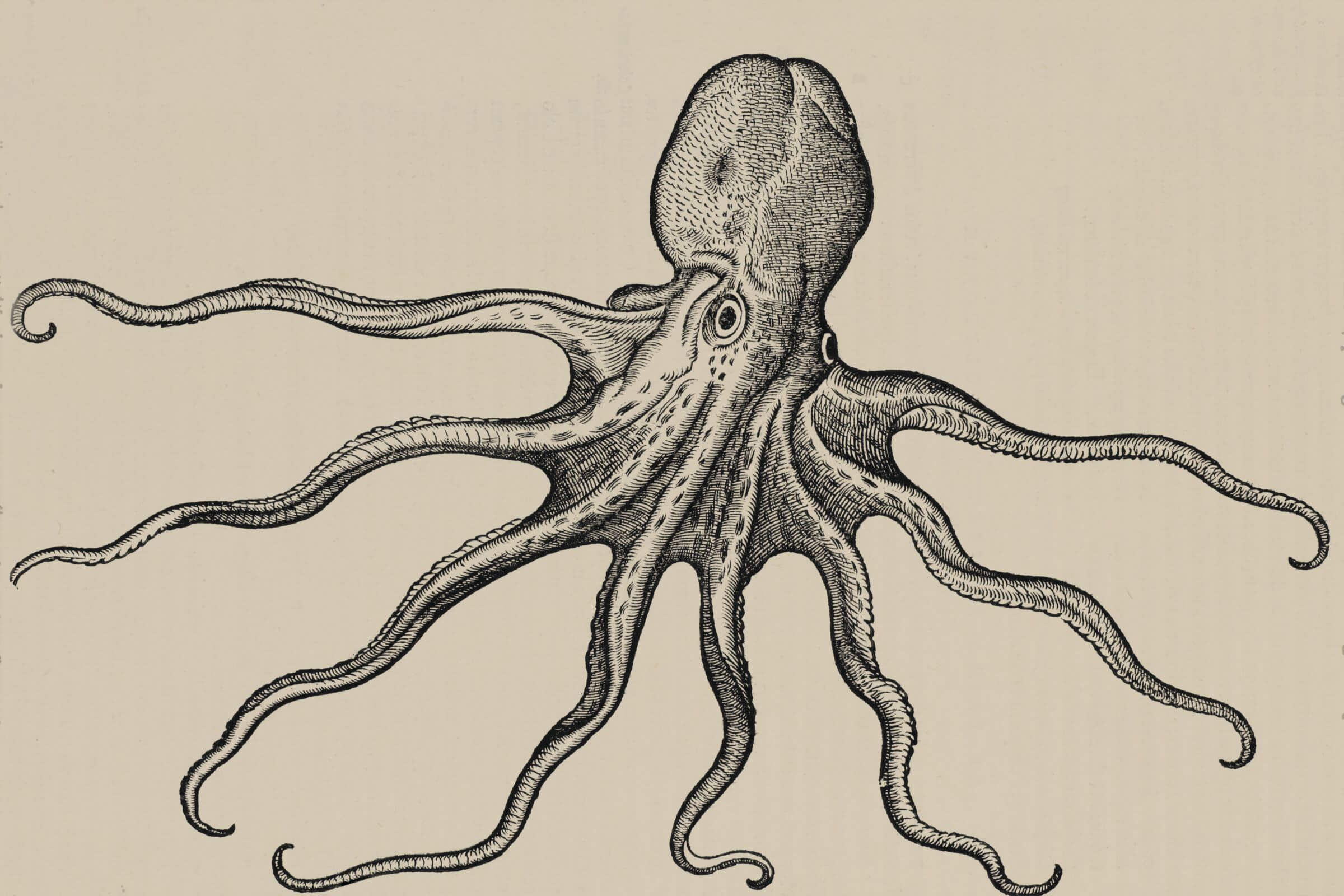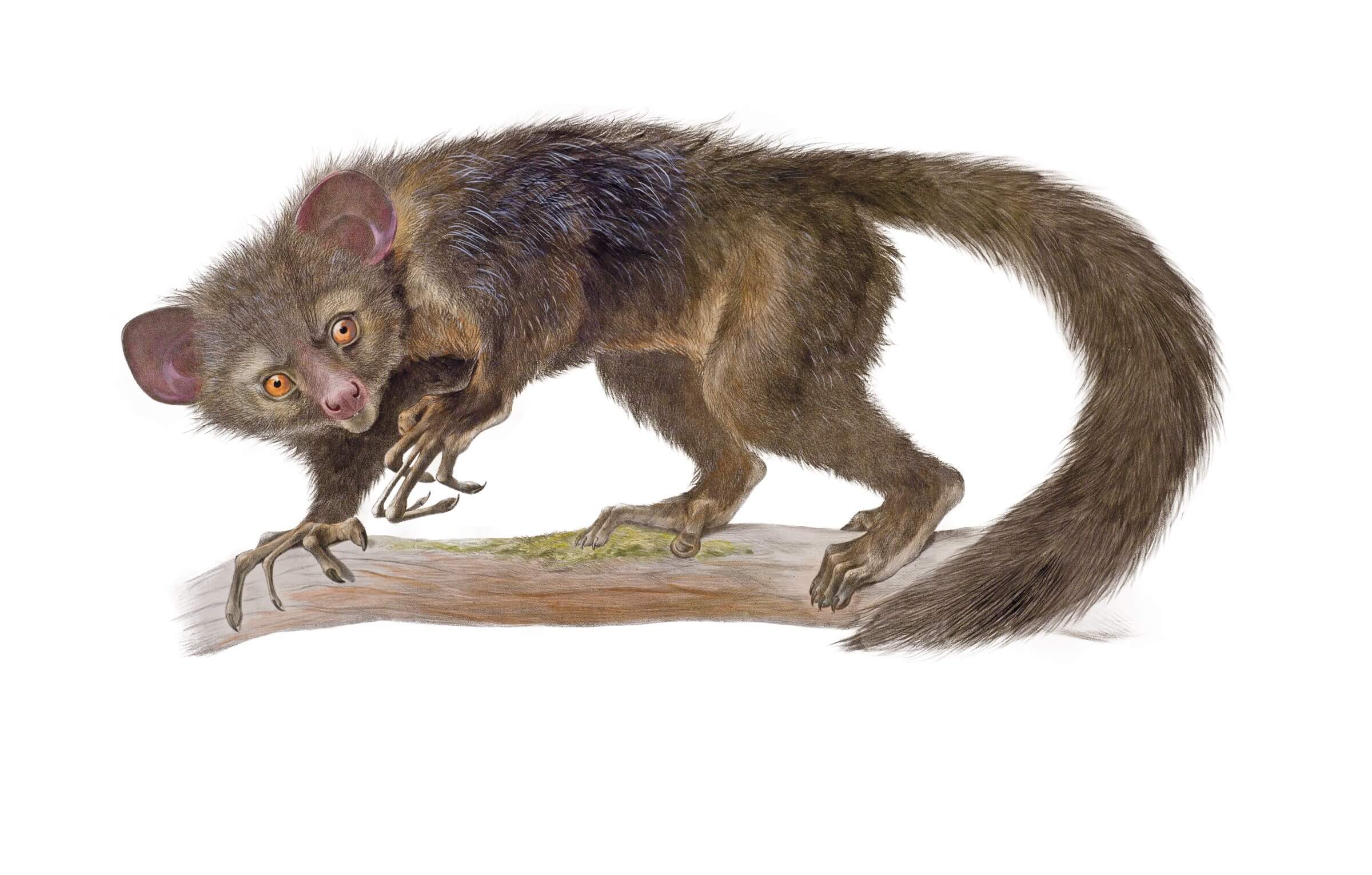
Natural Histories
CLOSED
400 Years of Scientific Illustration
Featuring scientific illustrations spanning five centuries, the exhibition Natural Histories: 400 Years of Scientific Illustration will open on December 26!
Natural Histories: 400 Years of Scientific Illustration showcases images that were created in pursuit of scientific knowledge and to accompany important scientific works in disciplines ranging from astronomy to zoology. It explores the integral role illustration has played in scientific discovery through striking, large-format reproductions from the Rare Book collection of the American Museum of Natural History’s Library, including illustrations by celebrated artists Albrecht Dürer, Joseph Wolf, Moses Harris, and John Woodhouse Audubon.
Illustration has been essential both to scientific research and to disseminating findings about the natural world among scientists and the public on an unprecedented scale beginning in the 1500s.
Today, scientists use imaging technologies to conduct research: infrared photography, scanning electron microscopes, computed tomography (CT) scanners, and more. But there is still a role for illustration. How else to depict animals that can’t be seen live, such as a fleshed-out dinosaur? Illustration is also used to clearly represent complex structures, color graduations, and other essential details.
Visit Natural Histories on the second floor next to the Makerspace to learn more about the importance of scientific illustrations for our understanding of the natural world and experience beautiful illustrations!
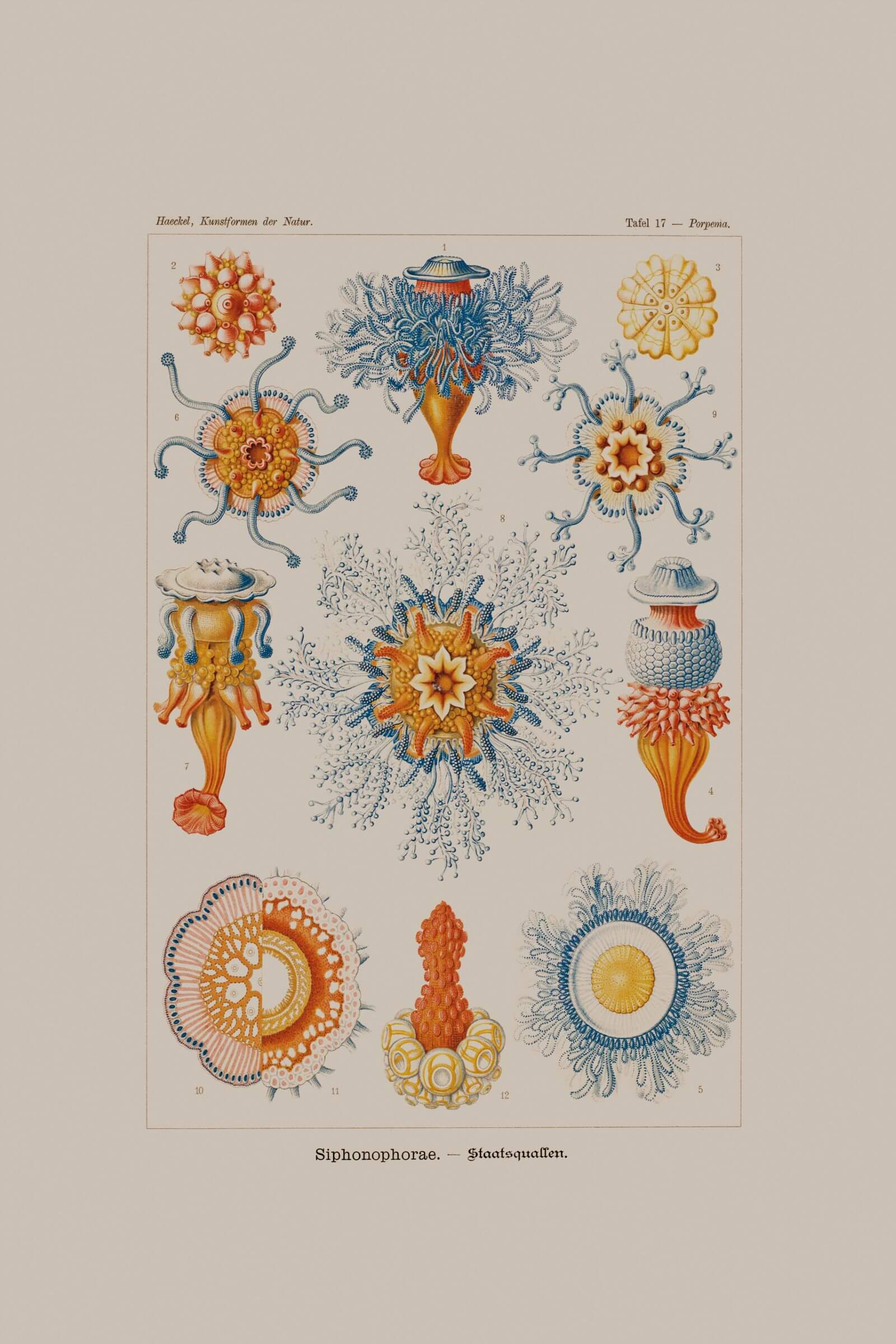
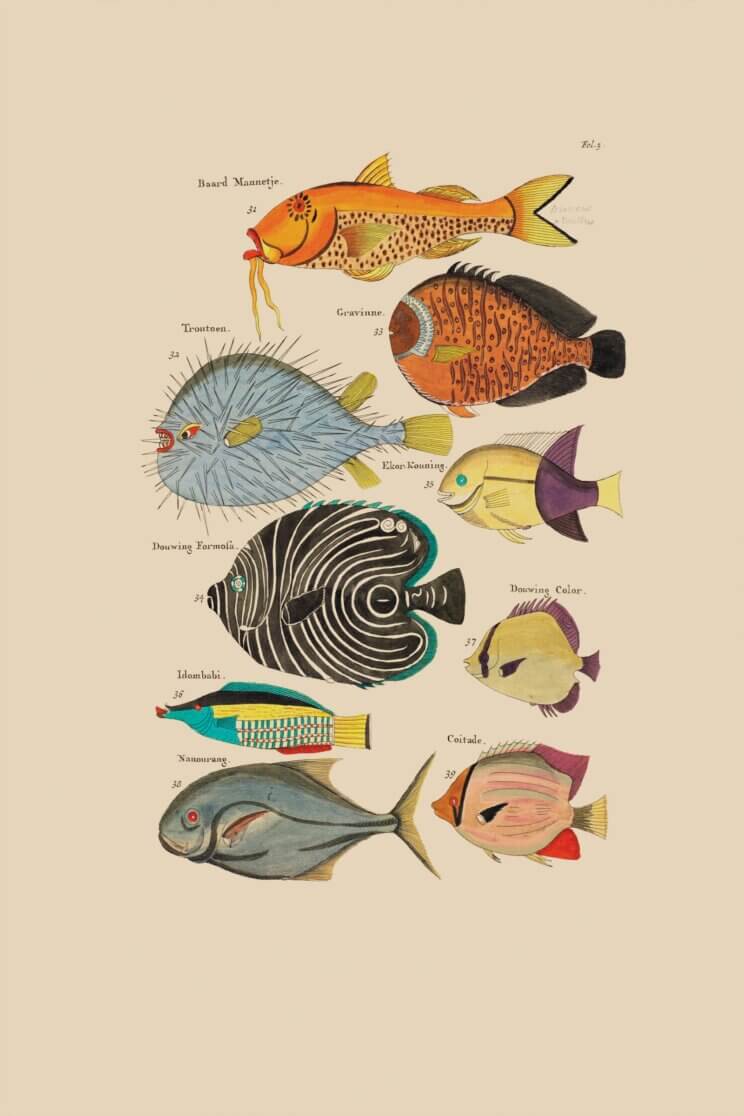
Angry Puffer Fish and Others
Louis Renard’s artists embellished their work to satisfy Europeans’ thirst for the unusual. Some illustrations in Poissons, écrevisses et crabes, de diverses couleurs et figures extraordinaires…, like this one, include fish with imaginative colors and patterns and strange, un-fishlike expressions.
© AMNH\D. Finnin
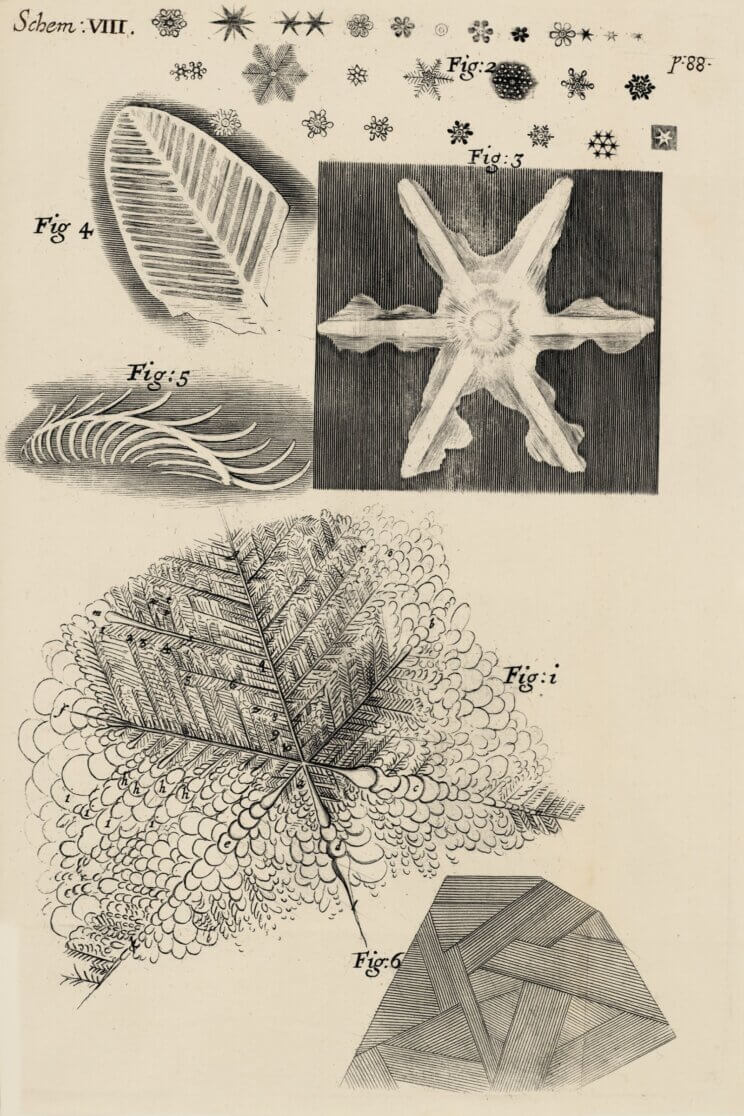
Frozen Urine
Micrographia (1667), the first book in English to illustrate the microscopic world, was popular in part because it presented an enormous range of subjects. This image, by author and illustrator Robert Hooke, depicts geometric formations on frozen urine (presumably his own).
© AMNH\D. Finnin
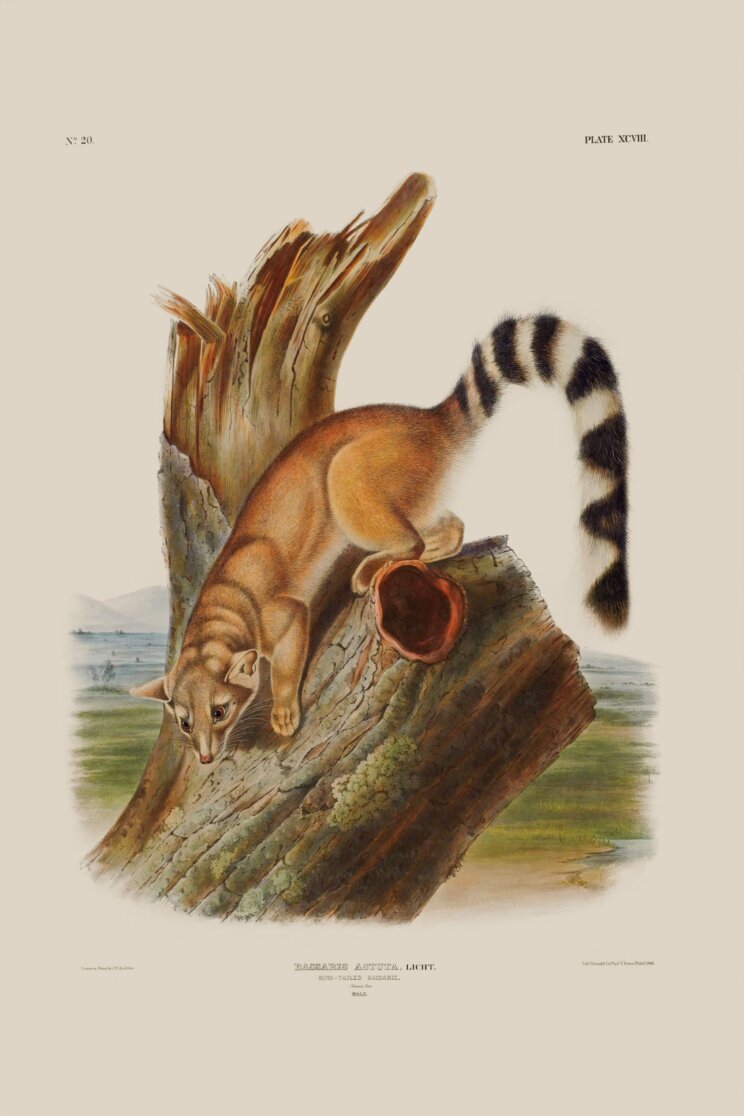
Ringtail Bassaris
John James Audubon is mostly noted for his exquisite bird illustrations, but his final book project, The viviparous quadrupeds of North America (1845-1854), focused on a different subject: mammals. The illustration of this ringtail cat (Bassariscus astutus)—actually this southwest native is related to a raccoon—was created by Audubon’s son, John Woodhouse Audubon, on lithographic stone.
© AMNH\D. Finnin
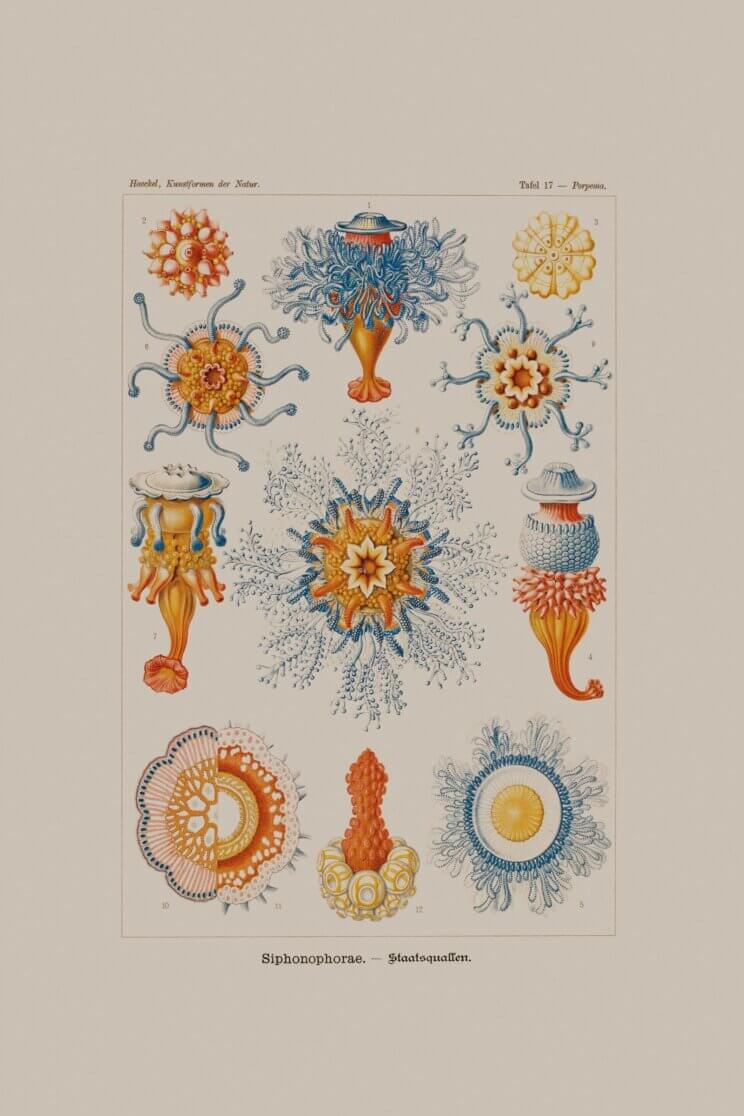
Siphonophores
German biologist Ernst Haeckel illustrated and described thousands of deep-sea specimens collected during the 1873-1876 H.M.S. Challenger expedition and used many of those images to create Kunstformen der Natur (Art forms of nature). Haeckel used a microscope to capture the intricate structure of these siphonophores—colonies of tiny, tightly packed and highly specialized organisms—that look (and sting!) like sea jellies.
© AMNH\D. Finnin
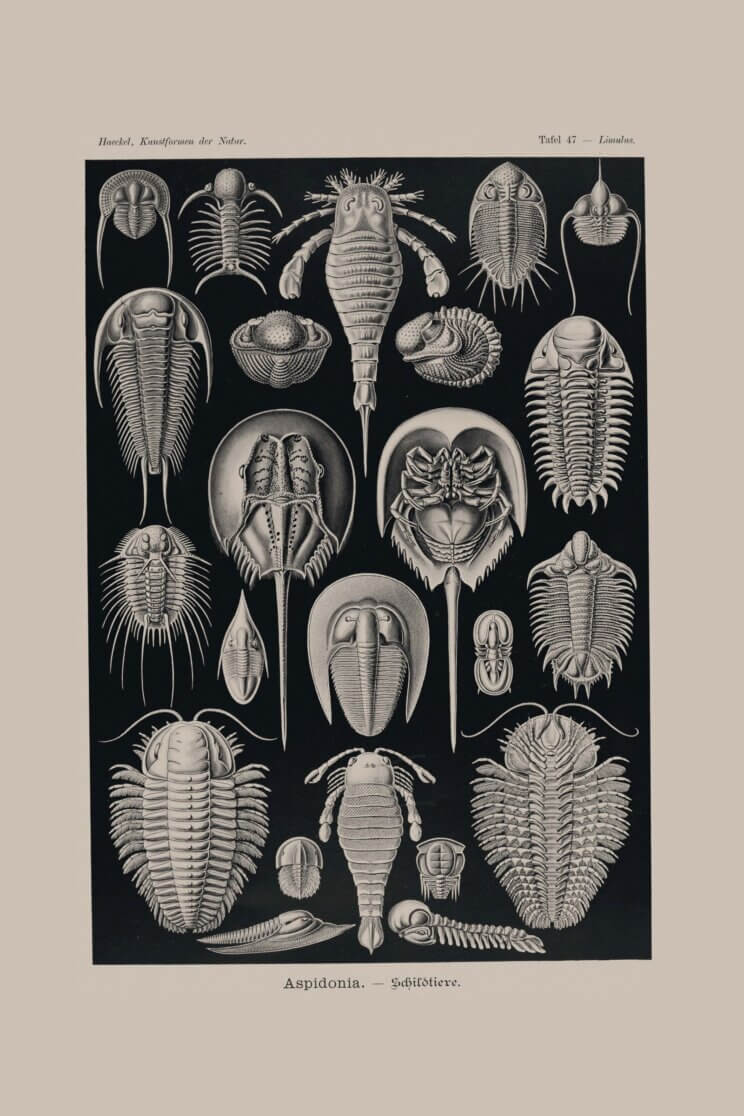
Aspidonia
Ernst Haeckel in his work Kunstformen der Natur (1899-1904), grouped together these specimens, including trilobites (which are extinct) and horseshoe crabs, so the viewer could clearly see similarities that point to the evolutionary process.
© AMNH\D. Finnin
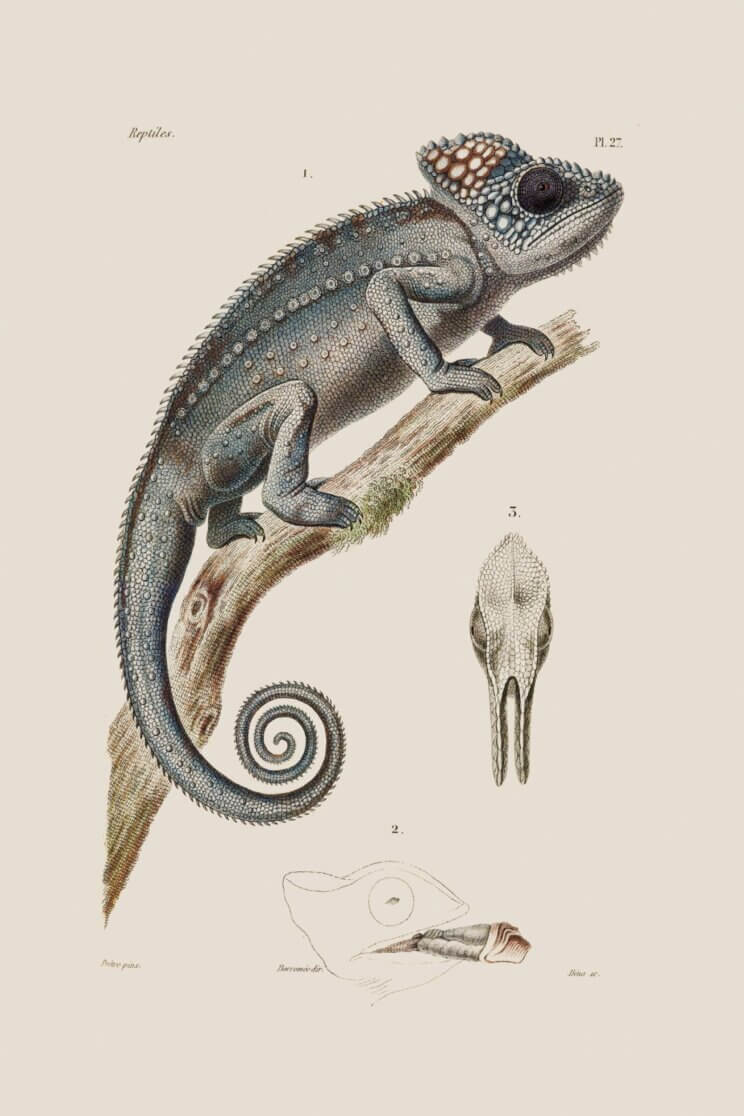
Madagascar Chameleon
In Erpétologie générale …(General herpetology…),the first comprehensive account of all amphibians and reptiles then described by scientists, organized by French zoologist André-Marie-Constant Duméril (1774-1860), dead and sometimes poorly preserved museum specimens appear in remarkably lifelike postures. This illustration depicts the Madagascar warty chameleon (Furcifer verrucosus).
© AMNH\D. Finnin
Location
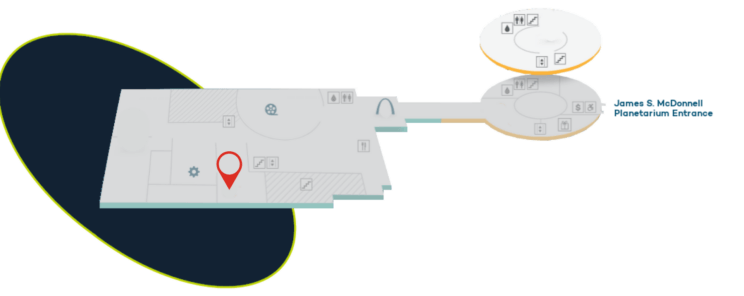
Natural Histories is located on the second floor of the 5050 Oakland building. Access is available through the main entrance of the Science Center, then the stairs in the main lobby to the second floor, turn to the left and it is the first gallery on the left.
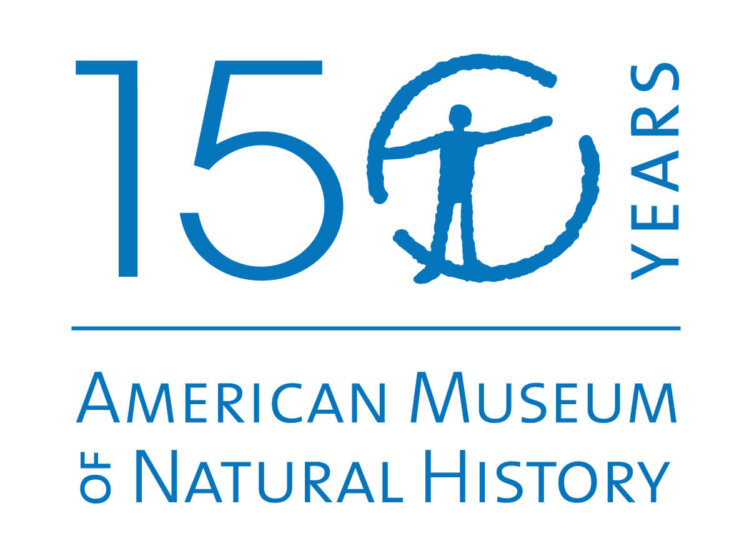 Natural Histories: 400 Years of Scientific Illustrations organized by the American Museum of Natural History, New York (amnh.org).
Natural Histories: 400 Years of Scientific Illustrations organized by the American Museum of Natural History, New York (amnh.org).
Visit
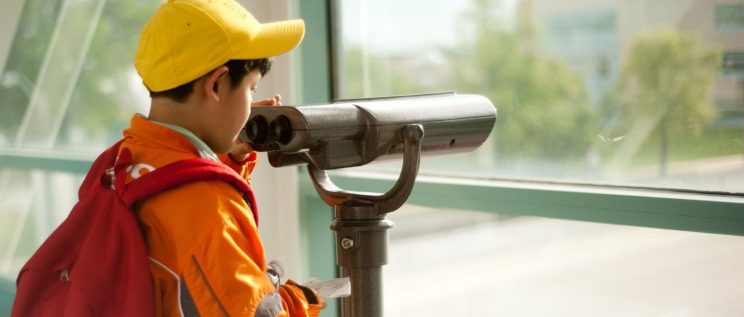
Members Get Discounts & Free Tickets
Members get discounts to Flight Simulators and VR Transporter. Members can watch star shows for FREE every day at the Planetarium with a Saint Louis Science Center membership.
Accessibility
The Saint Louis Science Center is accessible to visitors with disabilities, as well as visitors with strollers, scooters, and walkers. Elevators and ramps serve all public areas.







